If you are looking for the most detailed and practical Phong Nha – Hin Nam No travel experience, then the article below is the guide you need!
Vietnam-Laos cross-border heritage – Symbol of nature and friendship
Vietnam-Laos cross-border heritage – The majestic intersection between Phong Nha – Ke Bang and Hin Nam No from a bird’s eye view. (Photo: hinnamno.org)
The Vietnam-Laos Transboundary Heritage Site is the first title in Southeast Asia to be recognized by UNESCO in a transboundary form. This is the natural merger of two special conservation areas – Phong Nha-Ke Bang National Park ( Quang Binh , Vietnam) and Hin Nam No National Park (Kham Muon, Laos).
The area boasts an ancient karst landscape that dates back more than 400 million years, a rich and diverse ecosystem, and many endangered endemic flora and fauna species. In addition, the event marks a step forward in the nature conservation cooperation between the two close neighbors.
Phong Nha – Ke Bang National Park: Vietnam's Geological Legend
Explore the underground river in Phong Nha cave – The starting point for the journey to discover the underground wonders. (Photo: Collected)
Recognized by UNESCO as a World Natural Heritage Site since 2003 and expanded in 2015, Phong Nha - Ke Bang National Park is one of the most prominent natural symbols of Vietnam, not only famous for its majestic cave system, but also a geological treasure of global value. With an area of over 343,000 hectares (including about 123,326 hectares of core zone and 220,055 hectares of buffer zone), this area is where historical imprints of the formation of the Earth from more than 400 million years ago are preserved.
It is globally famous for its unique karst cave system, which includes:
Wonder Cave System – Explore the Mysterious Underground
Phong Nha – Ke Bang is the “cave capital” of Asia, with more than 220 km of surveyed cave systems, ranging from underground rivers to giant cave domes:
- Son Doong Cave: Discovered in 2009 and is currently the largest natural cave in the world with an isolated ecosystem such as a cave dome up to 200m high, more than 150m wide, with both a forest and an underground river inside.
- Swallow Cave: The third largest cave in the world, home to millions of swallows, was chosen as a stop on the Son Doong tour.
- Thien Duong Cave: With a length of more than 31km, it stands out with ivory-white stalactites, uniquely shaped like carved paintings.
- Dark Cave, Va Cave, Tu Lan Cave: With wild beauty, suitable for adventurous discovery tours.
The shimmering stalactites in Thien Duong Cave – a prominent destination in Phong Nha - Ke Bang National Park, Vietnam. (Photo: Jason Speth)
Unique limestone karst landscape in Southeast Asia
Phong Nha – Ke Bang is located on the limestone area of the Annamite mountain range, the intersection between the Central Indochina limestone belt and the oldest geological region in Asia.
- The typical tropical karst landscape of millions of years of limestone erosion here is characterized by undulating mountain terrain, steep cliffs, dolines, underground streams and collapsed valleys.
- The geology is more than 400 million years old, recording the oldest geological movement in Southeast Asia.
- It is an ideal model for studying climate change, paleogeography and biodiversity.
Outstanding Biodiversity – Kingdom of Rare Species
Phong Nha – Ke Bang National Park is ranked among the most important biodiversity conservation areas in the world. The dense forest ecosystem on limestone mountains interspersed with underground rivers and caves creates ideal living conditions for many rare species.
- Recorded more than 2,700 plant species, including endemic species such as Phong Nha orchids, stone palms, ironwood...
- More than 800 species of vertebrates, including many species listed in the World Red Book such as: white-cheeked black langur, siki gibbon, little loris, clouded leopard, sun bear, Central Vietnam turtle and rare birds such as crested pheasant, rock thrush...
- The area is also home to thousands of underground, low-light creatures that are highly adaptable to the harsh conditions in the cave.
Hin Nam No National Park: A pristine gem in the heart of Central Laos
Phu Cheuang landscape seen from Nong Bua village area, Hin Nam No National Park (Photo: Jean-Michel Osterman)
Continuing the natural boundary with Phong Nha - Ke Bang, Hin Nam No National Park in Khammouane Province ( Central Laos ) is a perfect extension of the transnational karst region. With an area of about 94,000 hectares, this forest is considered one of the most pristine karst areas in the world that has not been exploited for mass tourism. The most special thing here is:
Xe Bang Fai Cave is known as the "Son Doong of Laos"
The most prominent feature at Hin Nam No is Xe Bang Fai cave, which is more than 7 km long, 76 m wide and more than 100 m high. The underground river inside allows you to kayak through the mountain to admire the magical stalactites, many sections glow under the headlamp light, the giant cave dome and the clear blue lake create a surreal scene.
The cave is little known, perfect for those looking for a unique adventure.
Primitive ecosystem in the heart of karst
Although it does not have as much tourism infrastructure as Phong Nha – Ke Bang, Hin Nam No possesses a very impressive primeval forest ecosystem:
Recorded 1,500 plant species, including many native species that have never appeared in Vietnam.
About 536 species of vertebrates, including gaurs, wild cats, karst snakes, and many endemic insects and giant spiders.
As the area with the highest biodiversity in Laos, it is nominated for the IUCN Green List – one of the global conservation standards assessment tools.
National cultural identity – Connecting nature and people
Experience the indigenous culture of the Bru – Van Kieu people in the Hin Nam No buffer zone, where nature and people are harmoniously connected. (Photo: Quang Binh Department of Culture and Sports)
Another attraction of Hin Nam No is the Bru – Van Kieu ethnic minority community that has long lived in the forest fringe area.
This is an opportunity for tourists to experience village homestay, dine with local people with traditional dishes such as sticky rice, grilled meat in bamboo tubes, and rice wine. Learn about spiritual rituals of sacred forests, indigenous beliefs about nature and forest gods... Contribute to sustainable community tourism models, promote livelihoods and protect forests.
Phong Nha – Hin Nam No travel experience for dynamic young people
The journey to explore the Vietnam-Laos cross-border heritage is not just a normal trip, but an opportunity to immerse yourself in pristine nature, touch the geological values of millions of years and live slowly in the mountains and forests. Below are the most practical experiences to help you plan a complete trip to Phong Nha - Hin Nam No.
The ideal time to travel to Phong Nha – Hin Nam No
Chay River in Phong Nha - Ke Bang National Park. (Photo: Vo Thanh)
Dry and cool weather is a prerequisite when exploring caves or trekking through forests. Therefore, you should go in the months:
- February – May: The best time of year, cool, dry weather, suitable for both adventure and relaxation tours.
- October – December: Late rainy season, forests are lush, streams are full but still dry enough to explore caves.
Preparation instructions and necessary items
Cross-border journeys and exploration of karst terrain require careful preparation, especially for those who have never been on an adventure tour:
- Clothing and personal items: Specialized, anti-slip trekking shoes; Quick-drying sportswear, long-sleeved, anti-leech clothing; Headlamp, gloves, wide-brimmed hat; Waterproof bag, personal water bottle, personal medicine (especially insect repellent, motion sickness medicine, digestive enzymes...).
- Technological equipment: Phone and spare charger (there won't be much signal in the forest); Action camera if you want to record moments in caves or boating; Offline navigation (download Google Maps of the area before going).
Experiences not to be missed when exploring the Vietnam-Laos Inter-Border Heritage: Phong Nha – Hin Nam No National Park
Camping in the wild nature of Phong Nha – An experience only for those who dare to explore to the end. (Photo: FB Hong Anh Nguyen)
- Camping in caves or primeval forests: Many tours such as Hang En, Hang Va or Xe Bang Fai allow you to sleep overnight in caves or on the edge of the forest, in a quiet space, listening to the sounds of pure nature.
- Kayaking in Xe Bang Fai Cave: Kayaking in the underground river in a 7km long cave is a unique experience in Laos. The high cave ceiling makes you feel like you are in a parallel world.
- Enjoy local cuisine: Phong Nha is famous for dishes such as grilled river fish with salt and chili, banh loc la banana, and Le Thuy corn sweet soup. While in Hin Nam No, you will try grilled chicken in bamboo tubes, purple sticky rice, rice wine, and rustic dishes of the Bru - Van Kieu people.
- Slow down to connect with nature: Although it is an exploration trip, the journey also brings a feeling of slow living, mental rest, away from technology and the hustle and bustle of the city.
The Vietnam-Laos cross-border heritage is not only a testament to the majestic natural beauty, but also a symbol of the cultural, historical and conservation connection between the two countries. With the travel experience of Phong Nha – Hin Nam No shared in the article, we hope you will soon have a memorable journey, touching the most pristine wonders of the Southeast Asia region.
What are you waiting for? Schedule your trip today and start your journey to Vietnam and Laos to discover the "karst heart" of Indochina!
Some frequently asked questions (FAQ)
1. What is the Vietnam-Laos cross-border heritage?
→ A world natural heritage recognized by UNESCO, including two national parks located in two different countries - Phong Nha - Ke Bang (Vietnam) and Hin Nam No (Laos).
2. Is it easy to travel from Phong Nha to Hin Nam No?
→ Yes. Visitors can go through Cha Lo – Naphao border gate, which takes about 3–4 hours. It is recommended to prepare documents in advance and book a special tour.
3. Should I choose Son Doong or Xe Bang Fai?
→ Son Doong is a famous, majestic symbol but expensive and requires a long reservation. Bang Fai has a more beautiful, pristine and accessible underground river.
4. What is the minimum duration for this journey?
→ Minimum 3 days, ideally 4–5 days to fully experience the two national parks.
Source: https://www.vietravel.com/vn/am-thuc-kham-pha/di-san-lien-bien-gioi-viet-lao-vuon-quoc-gia-phong-nha-hin-nam-no-v17797.aspx


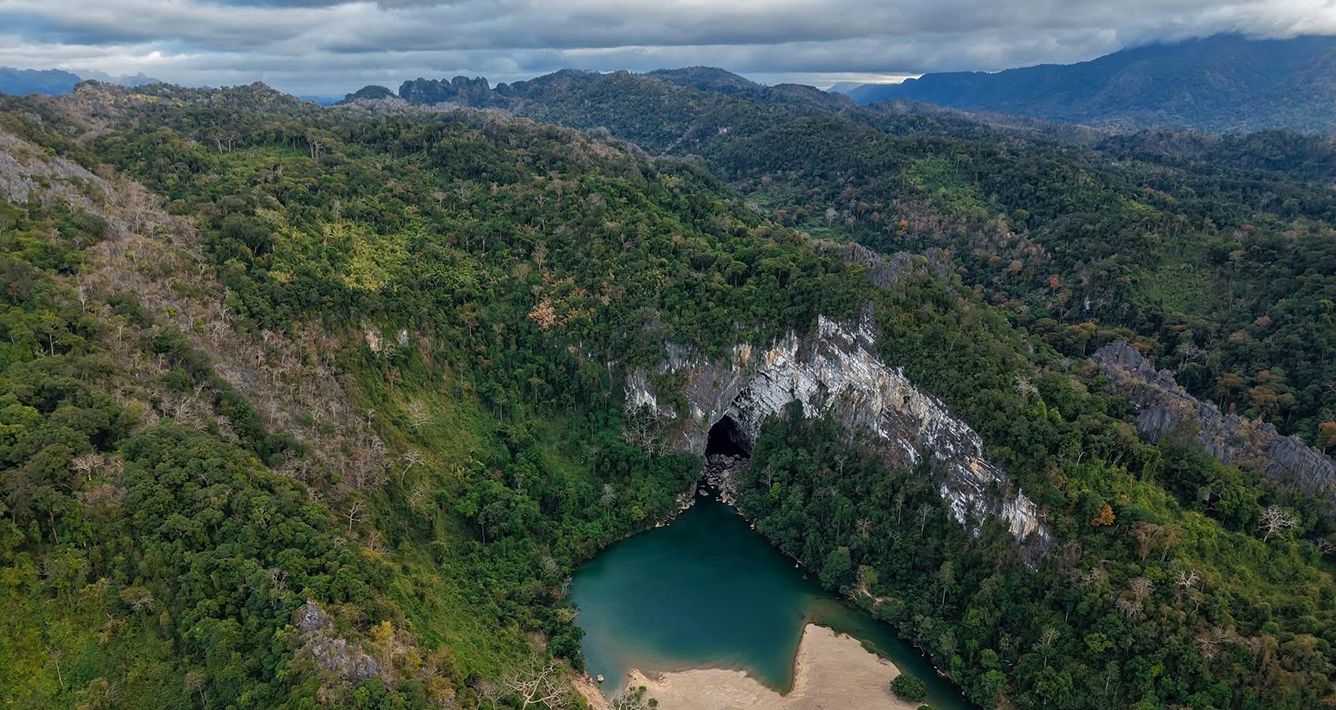
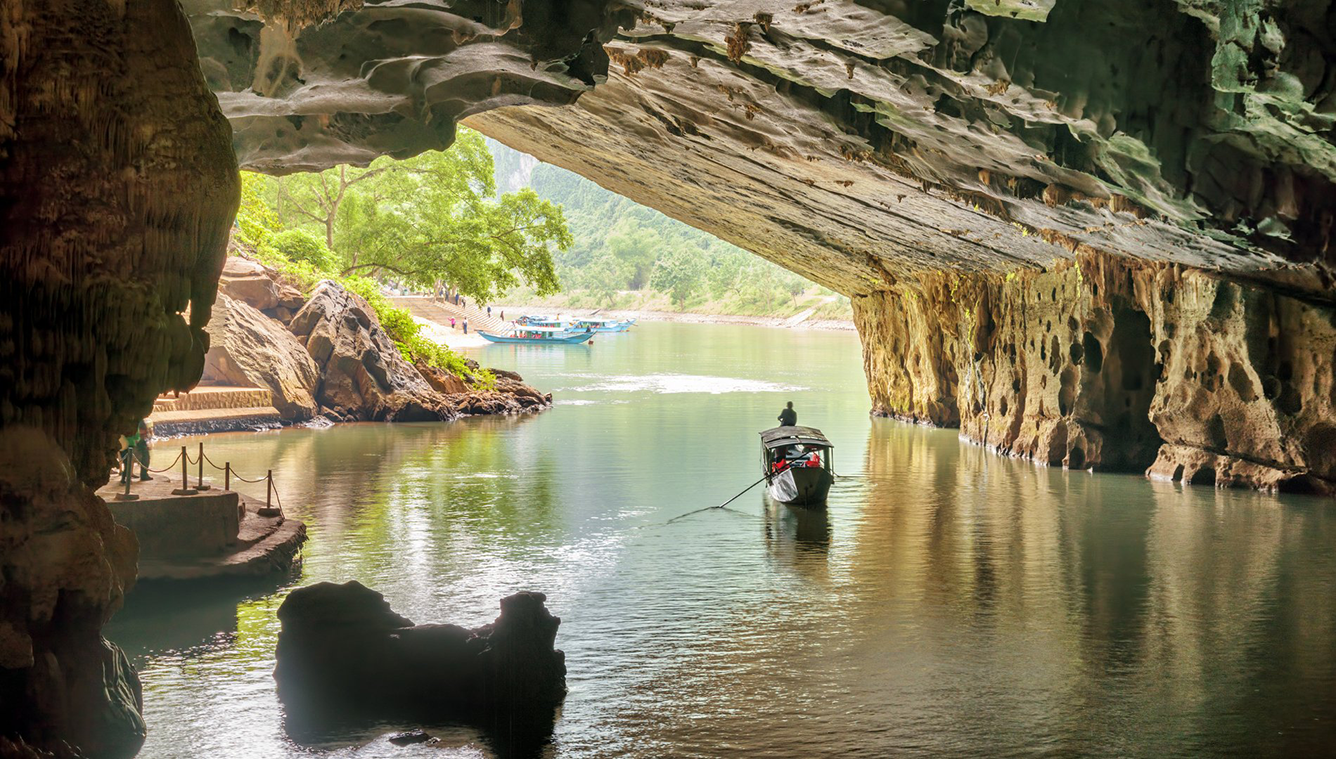
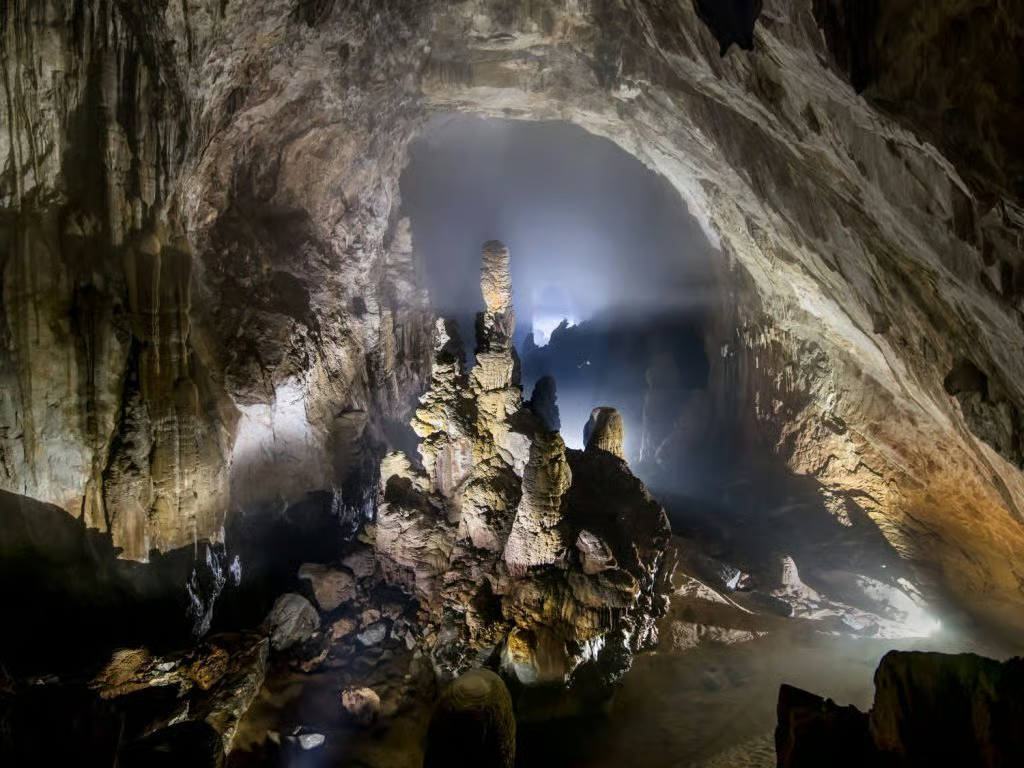
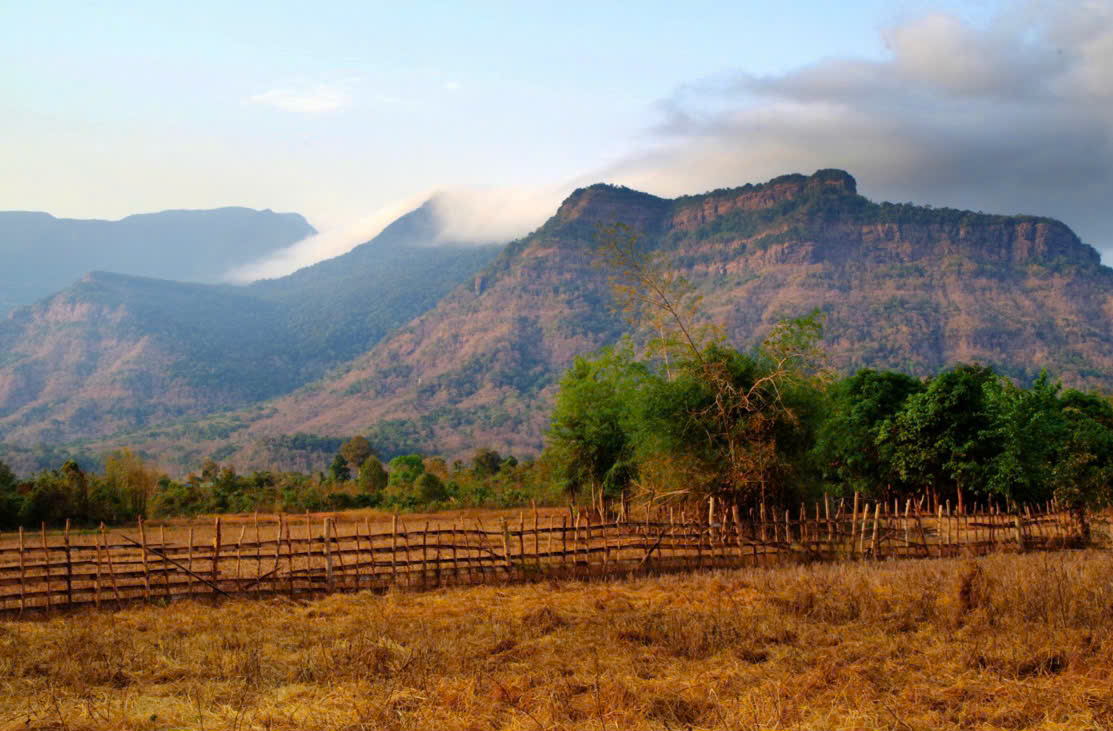
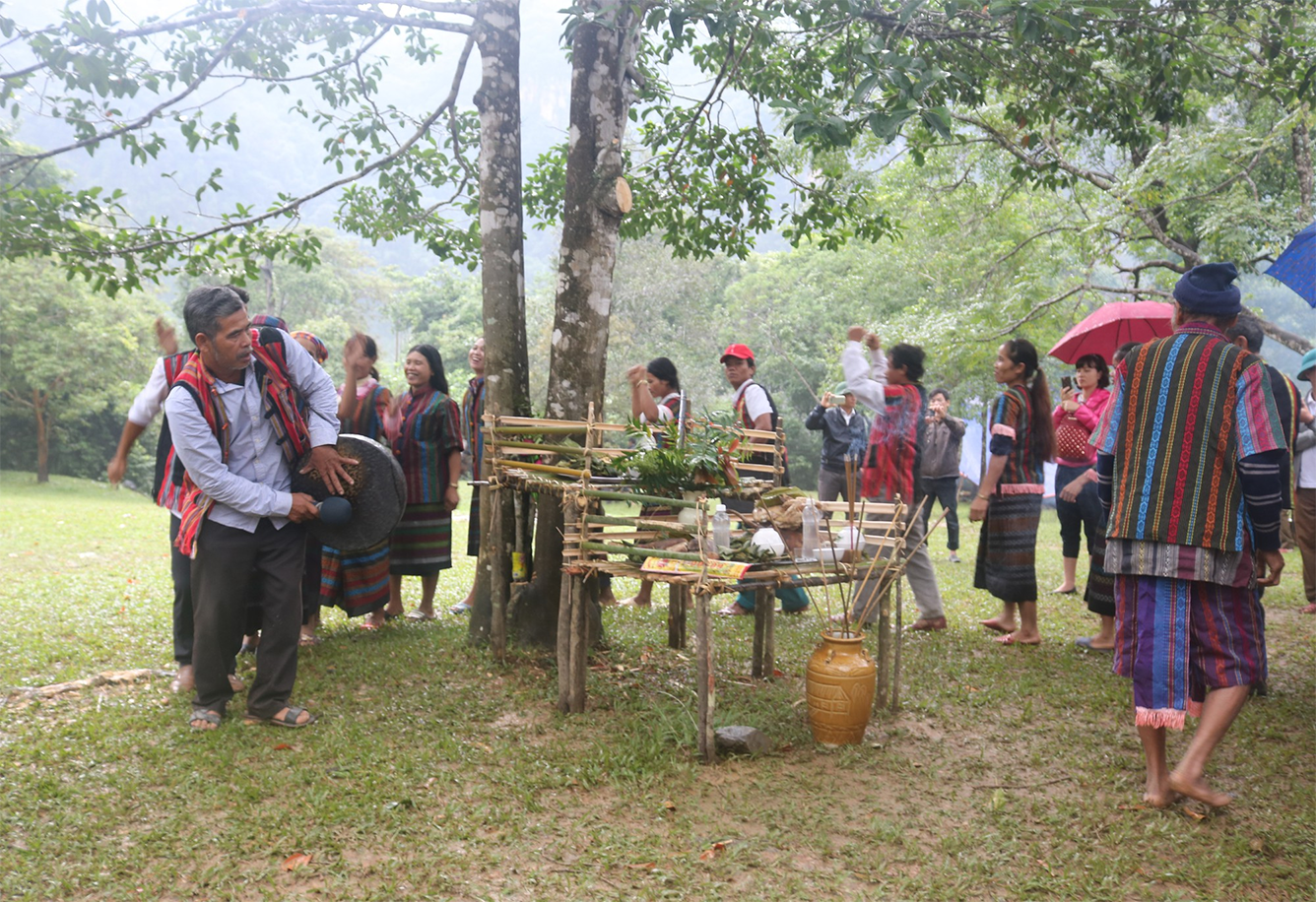
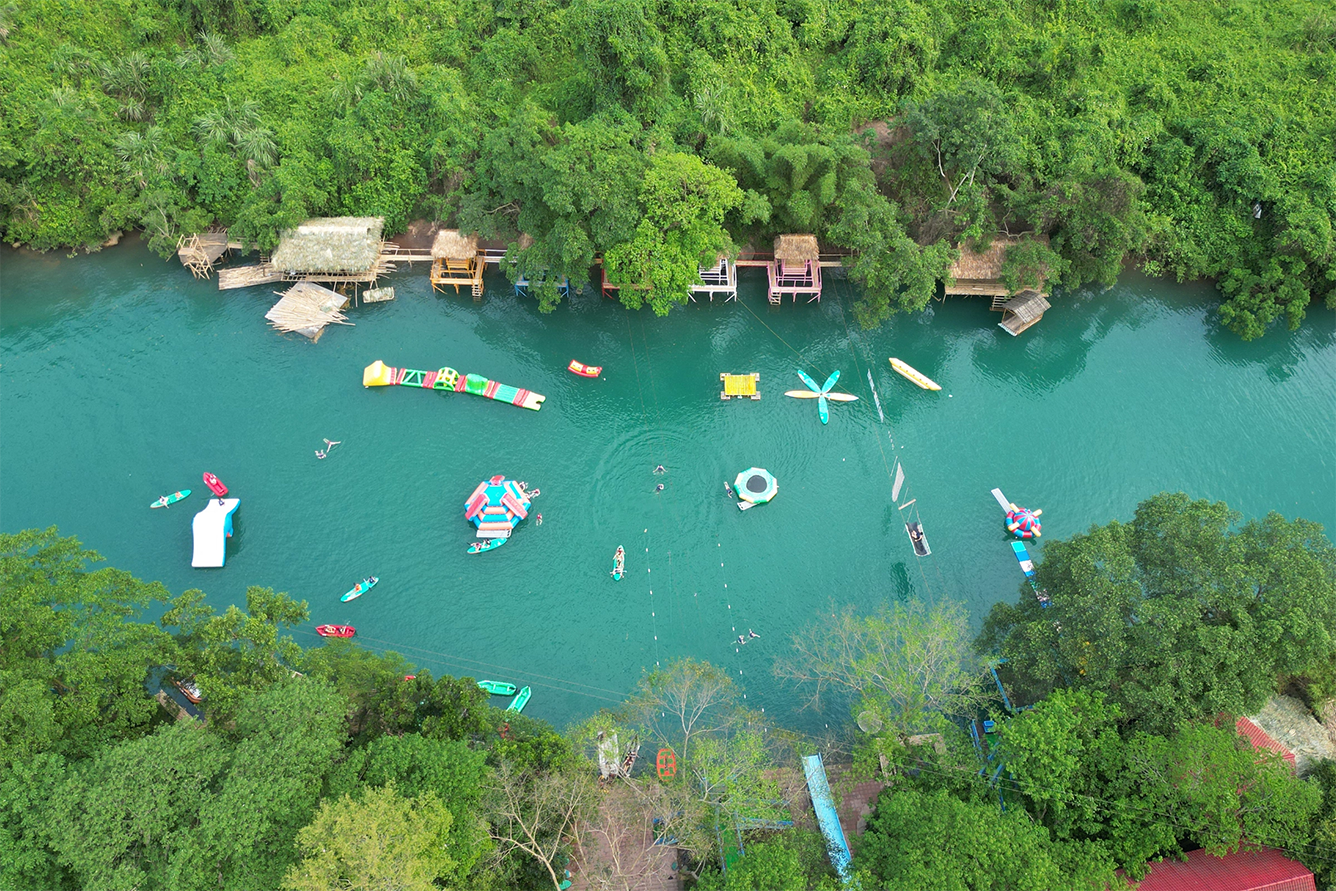
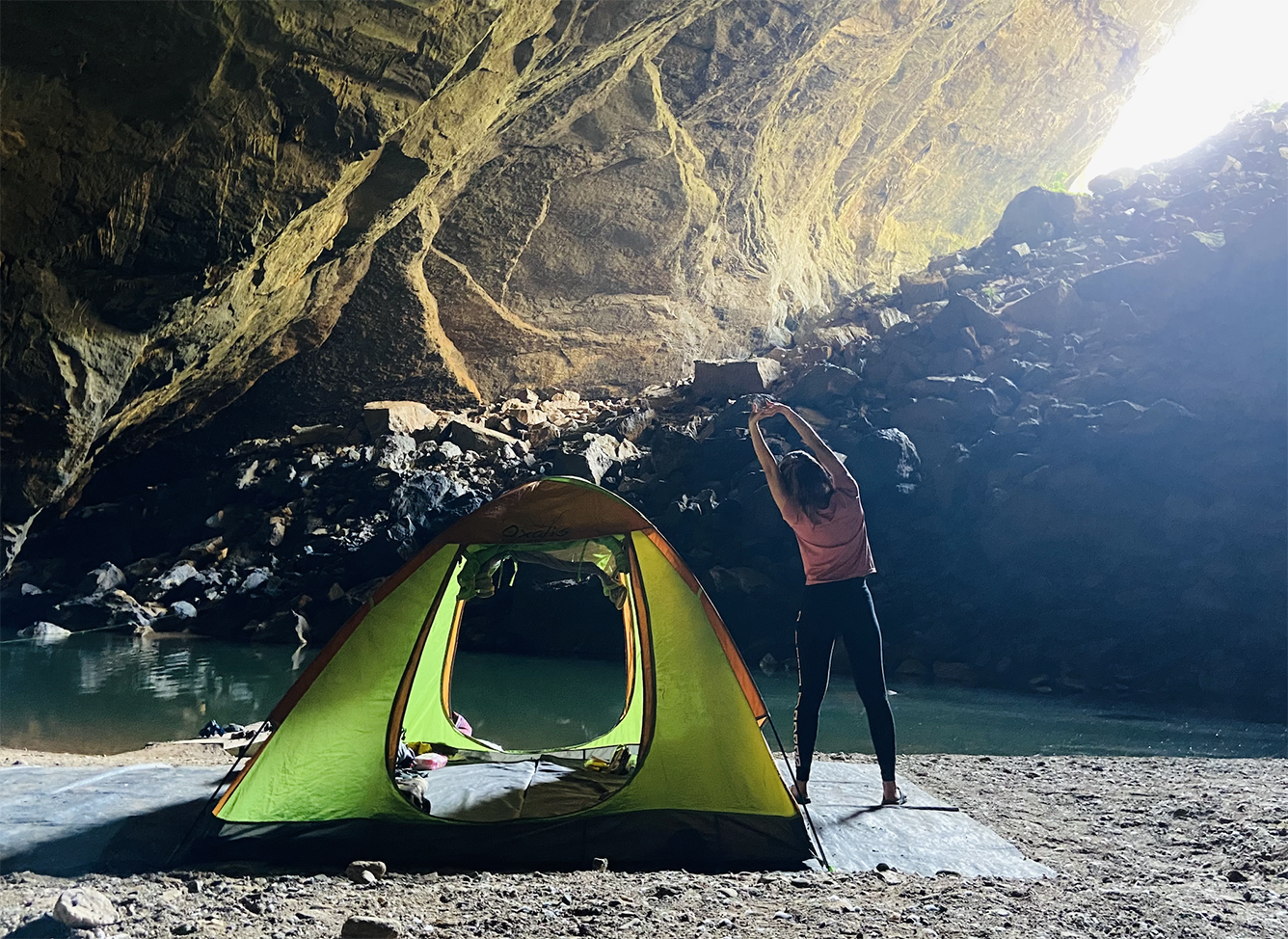

![[Photo] National Assembly Chairman Tran Thanh Man received a delegation of the Social Democratic Party of Germany](https://vphoto.vietnam.vn/thumb/1200x675/vietnam/resource/IMAGE/2025/10/28/1761652150406_ndo_br_cover-3345-jpg.webp)
![[Photo] Draft documents of the 14th Party Congress reach people at the Commune Cultural Post Offices](https://vphoto.vietnam.vn/thumb/1200x675/vietnam/resource/IMAGE/2025/10/28/1761642182616_du-thao-tai-tinh-hung-yen-4070-5235-jpg.webp)







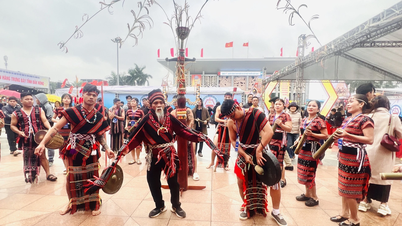



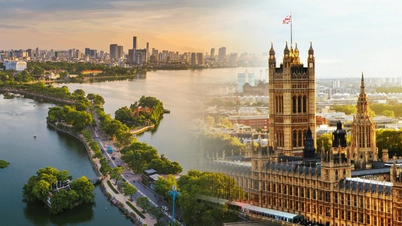





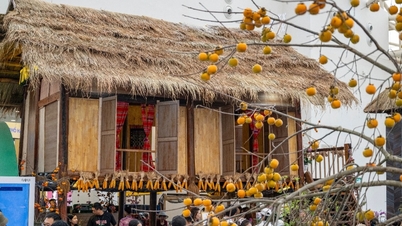
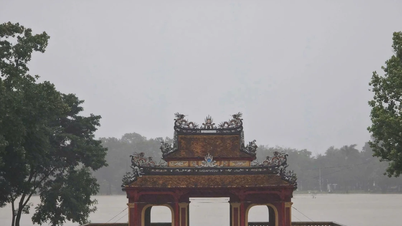

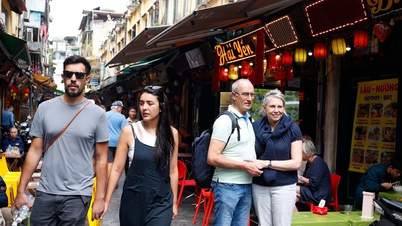











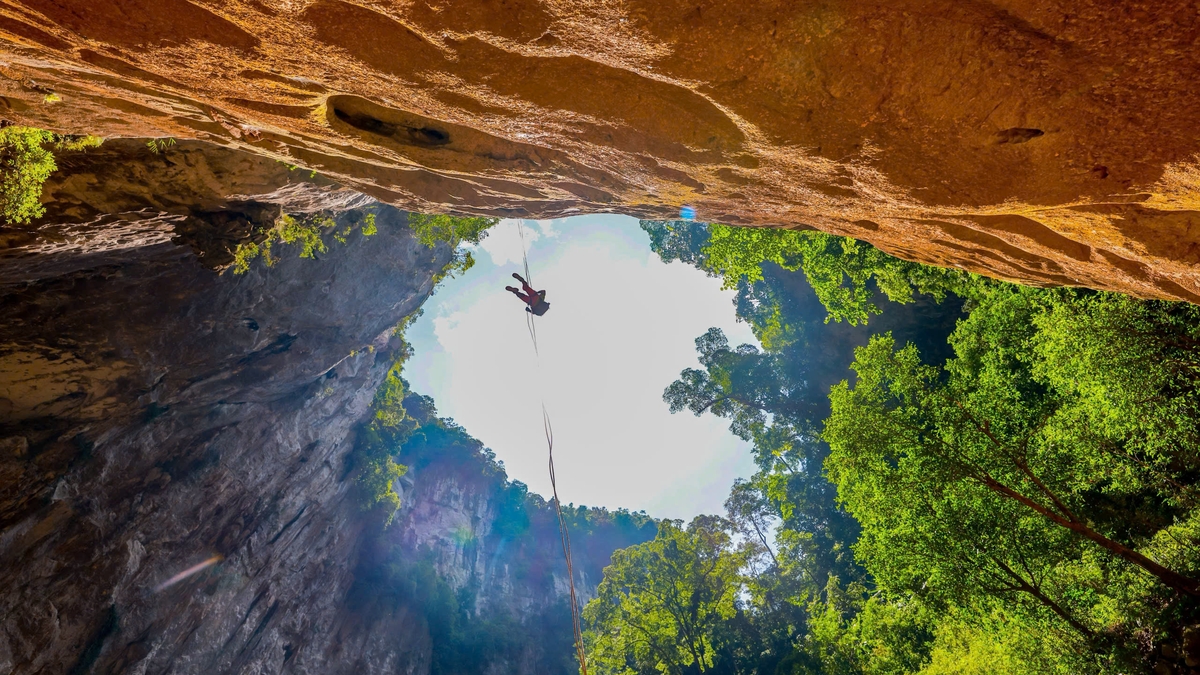

![[Photo] President Luong Cuong attends the 80th Anniversary of the Traditional Day of the Armed Forces of Military Region 3](https://vphoto.vietnam.vn/thumb/1200x675/vietnam/resource/IMAGE/2025/10/28/1761635584312_ndo_br_1-jpg.webp)











































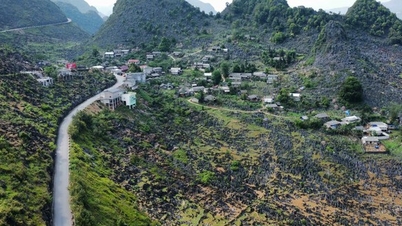
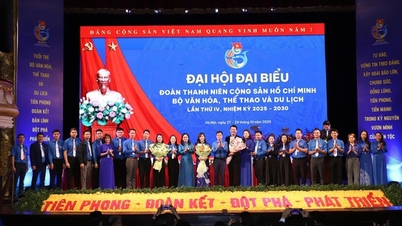







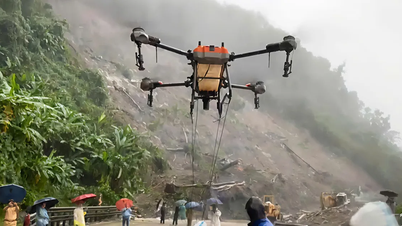















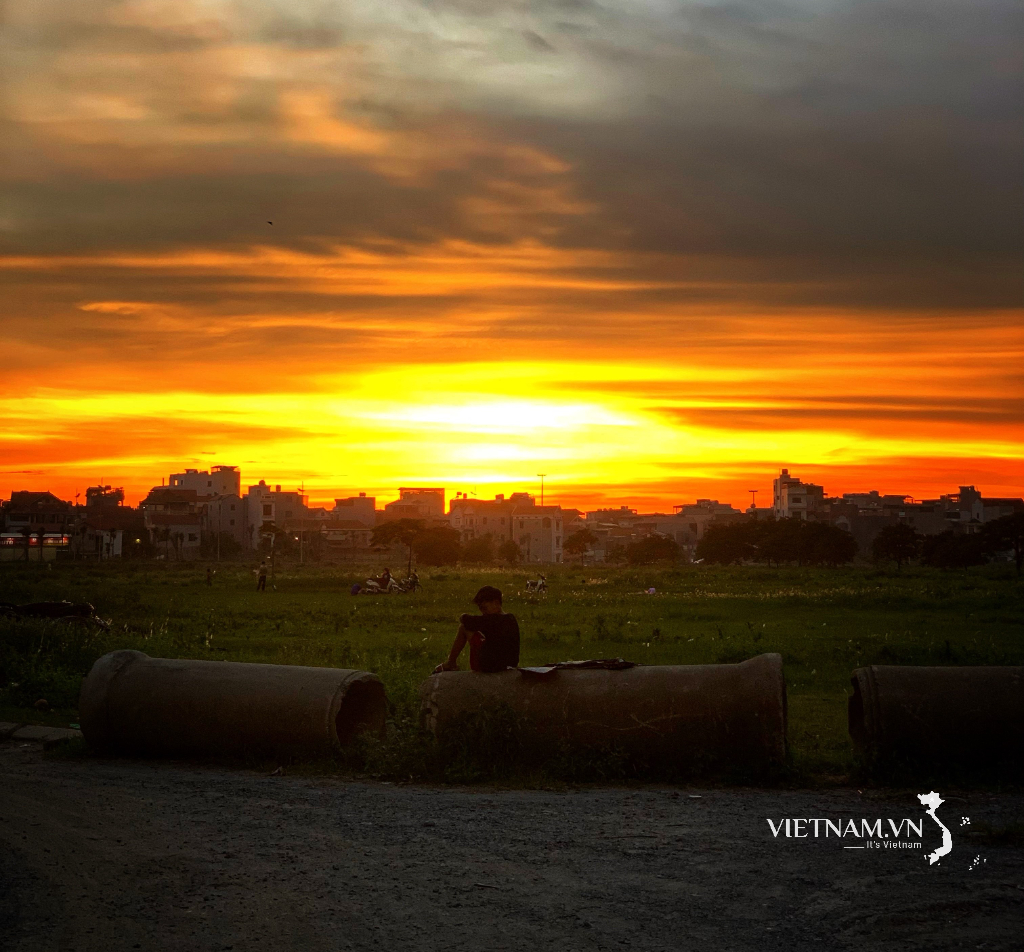



Comment (0)